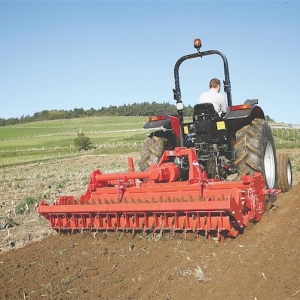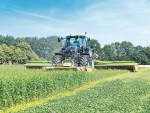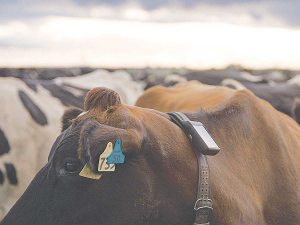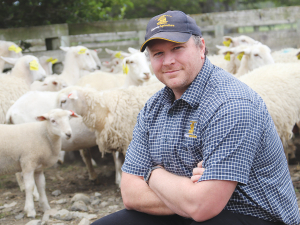MECHANICAL CULTIVATION of paddocks for producing summer forage or fodder crop happens at a time when high intensity local storms are common, adding substantial risk to the practice.
To help maximise production and protect soil properties and the environment, consider these matters when planning for cultivation.
The physical, chemical and biological soil environment will be impacted by cultivation, and the effect of this on erosion differs greatly depending on the soil type, slope, moisture levels and cultivation methods.
Topsoil erosion of bare or cultivated land undercuts a farm’s production system and can also disrupt infrastructure and increase the costs of maintenance, such as cleaning culverts and drains and repairing tracks and races. The resulting sediment and nutrients in waterways can smother and disrupt the ecosystem, reducing biodiversity and fish stocks.
There are ways to help reduce the environmental risks of cultivation, and erosion generally, and to protect soil resources.
Contour cultivation – sowing at right angles to the slope – helps prevent sediment and nutrient running off paddocks to places they’re not wanted. Avoid large, unbroken areas of bare soil at any one time. If a large sloping paddock is to be cultivated, leave strips of undisturbed land at intervals across the slope where possible.
Soils should be cultivated when moisture content is neither too high nor too low. To assess if soils are suitable for primary cultivation, take a piece of soil (half the volume of an index finger) and press firmly to form a ‘pencil’.
Roll the soil into a ‘worm’ on the palm of one hand with the fingers of the other until it is about 50mm long and 4mm thick. Exert sufficient pressure with fingers to reduce the diameter of the worm to 4mm in 15-20 complete forward and back movements of the fingers. Conditions are suitable for cultivation if the soil cracks before the worm is made. The soil is too wet to cultivate if the worm can be made.
If good precautions are observed, a two-pass cultivation is often all that is needed to prepare a seedbed.
Other conservation cultivation techniques include minimum tillage or no-tillage. These include spraying chemicals to remove vegetation and direct drilling of seed into soil.
If soil has been continuously cultivated for many years, the structure is likely to be poor because cultivation reduces soil organic matter levels. Minimum or no-tillage will not repair the damage overnight but, with residue retention, it will eventually. Where the soil structure has been damaged by repeated cultivation, consider maintaining pasture on the damaged area for a year or two to enable the soil to restore itself.
Because of certain textural differences, in some soils the natural rate of water infiltration is low. But the infiltration rate can also be low due to soil structure damage caused by frequent tillage or other management-related issues like compaction. Runoff from these areas increases the risk of erosion, so more care is needed in such cases.
To assess the current condition of your soils, consider engaging a soil consultant, or use the visual soil assessment tool designed for use by non-scientists. You will find information on this tool on our “For Farmers” pages (http://www.waikatoregion.govt.nz/Community/Your-community/For-Farmers/Soil-management/). Our catchment management officers are also able to advise on soil condition.
As an extra protection measure an effective filter strip needs to be established and maintained between any cultivation and water bodies. Healthy riparian vegetation in these areas including dense ground cover or rank grass should be maintained to improve bank stability, increase water quality, filter surface runoff and to provide habitat for wild life.
Studies show that up to 90% of sediment can be caught in an effectively constructed filter strip. Any faecal bacteria trapped in long grass filter strips will die off in sunlight.
In the filter strips, generally, grasses should be kept to a height of at least 10-15cm with a high density of stems and leaves at ground level for maximum trapping effect.
Remember too that Waikato Regional Council has a rule in the regional plan which says farmers must not cultivate paddocks within 2m of a river, stream or lake bed. This is designed to prevent contamination of waterways.
And finally, be cautious when moving cultivation equipment between farms so as not to spread pest plants and other soil borne diseases. Decontaminate the equipment by thoroughly washing it before taking it to another farm.
• Bala Tikkisetty is a sustainable agriculture co-ordinator at Waikato Regional Council.











